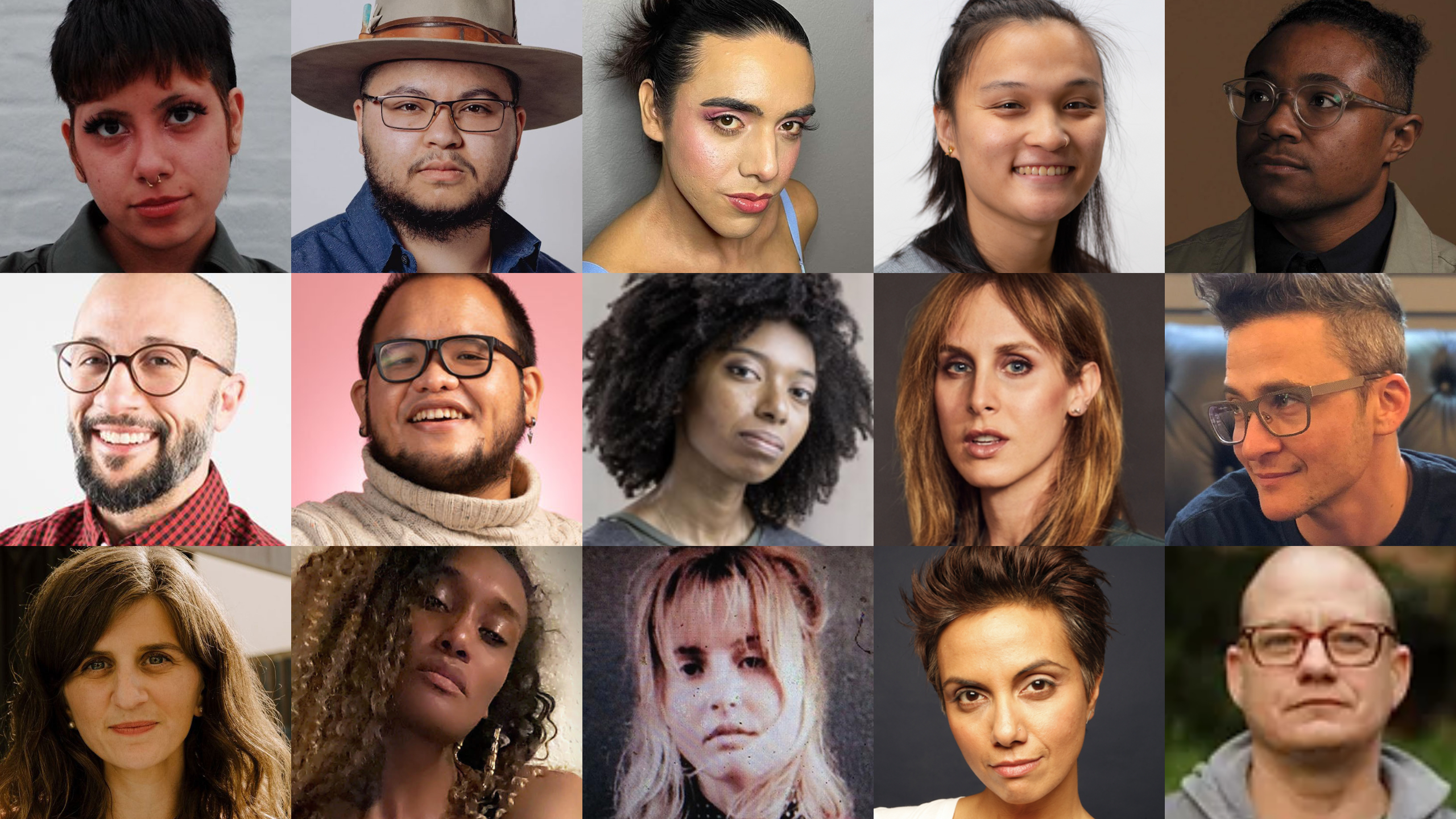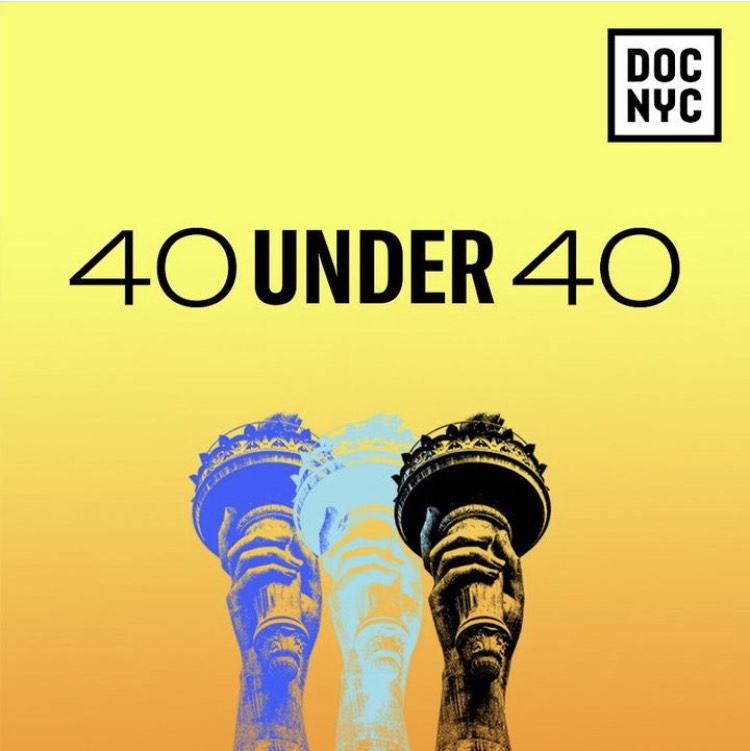The 5-Point Plan to Solve Hollywood’s Lady Problem
It’s 2015, but still, in Hollywood, most movies are made by white men to tell stories about…white men. Thankfully, there’s a growing movement to diversify both the industry and the films it makes—and at the forefront of it is Keri Putnam, executive director of the Sundance Institute. Putnam (above, left) nurtures filmmakers who have diverse voices and want to tell new stories, and she’s currently feeling pretty optimistic about the future, provided the industry can rise to a few key challenges.
“We seem to be at a watershed moment of awareness regarding the need for more diverse voices,” Putnam told me at last week’s Sundance Institute Celebration. “A few years ago, this conversation wasn’t happening as publicly. It just was not clear to most people that the problem was systemic and not really improving over time. The challenge is how to bring together players in different parts of the business to create pipelines of talent and opportunity to enable different voices to be heard.”
Putnam, who cites filmmakers like Marielle Heller, Dee Rees, Lake Bell, Lauren Greenfield, and Jehane Noujaim as ones to watch this year, offered us five practical steps that producers, studio executives, and filmmakers themselves can take to ensure that diversity is a priority in Hollywood:
1. Make Connections
“Female filmmakers should network with each other. Our research found that men have great professional networks, and the value of these is that they open up resources and expertise and allow them to build a network early in their career. I love the Film Fatales group – they’re a kick-ass group of women filmmakers (many of them with roots at Sundance) who inspire one another to go out and make movies, not wait for permission from Hollywood. This group began small and is now a nationwide movement.”
2. Seek Support
“Female filmmakers can apply to fellowship and mentorship programs to get their work off the ground. Sundance has many of these, and we’re building an online resource guide for aspiring women to find the opportunities out there at many organizations nationwide for grants, mentorship, and support.”
3. Change the Narratives
“Female filmmakers can shake things up by making stories that don’t fall neatly into the box that many in Hollywood expect of ‘women’s stories.’ Ana Lily Amirpour’s A Girl Walks Home Alone at Night is an indie feminist vampire comedy, to name one example, and of course Kathryn Bigelow with Zero Dark Thirty or Hurt Locker is another. This is not to say that women shouldn’t make drama or romantic comedy or whatever appeals to them, but it’s terrific to see a range of stories being made by women.”
4. Identify Talent
“Agencies, studios, and production companies can collaborate to create a real pipeline to identify diverse talent and combat implicit bias in hiring practices. While we see a lot of relatively inexperienced white male directors get big jobs, very few women and minorities are given the same opportunities. Ava DuVernay, with a best director award for her indie movie at Sundance, was hired to direct Selma—and look how well that worked. Now she’s developing a superhero movie and a television show.”
5. Hire Diversely
“Showrunners, directors, producers, and other creative people in positions to hire can look to create diverse crews and writer rooms. Look at Jill Soloway’s team on Transparent, or the groundbreaking work Shonda Rimes has done in staffing and casting her shows. This is a huge catalyst for launching new talent.”
But the pressure is on the fans, too, Putnam emphasizes. “Audiences who care about great stories and value varied perspectives can send a message by the choices they make in the cinemas and elsewhere in the media,” she says. “They can let the industry know there’s real hunger to see stories by and about women.”
Headshot of Emily Zemler
EMILY ZEMLER
Emily Zemler is a freelance writer based in London. She has written for Esquire, ELLE, The Hollywood Reporter, Playboy, Billboard, and Nylon. She has an MFA in Fiction Writing from Sarah Lawrence and is currently working on her first book.



